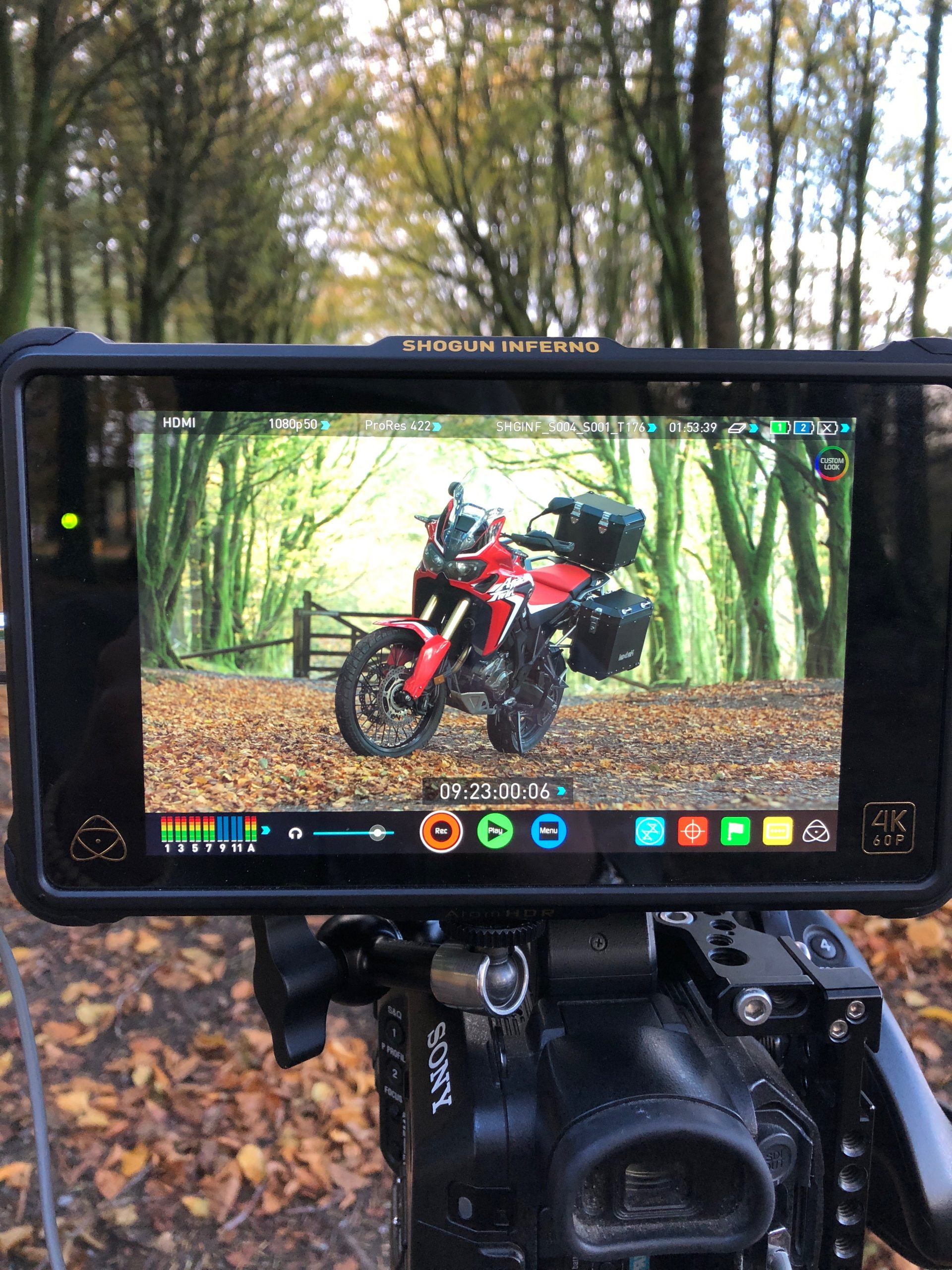You may have heard that post-production is just as important as the shoot itself. In fact, without editing, you don’t really have a film, just a collection of disconnected visuals and sound recordings.
The terms ‘video editing’ and ‘post-production’ can be a bit vague for the uninitiated, and the process involves more work than most people likely realise, so we’ve put together a brief guide to what video editing involves and why it’s important.
Choosing the best footage for the final cut
Editors will usually go through a number of edits, such as the rough cut, before they reach something resembling the final cut, and the first step of video editing is removing the unwanted footage. This may mean discarding entire clips or just cutting clips down to the parts you need.
One of the major challenges of editing is not being too precious with your footage and cutting anything that is not absolutely necessary for the final cut. In most cases, you want to be able to tell your story in the most succinct way possible and trying to fit all your shots in will most likely result in something convoluted.
Creating a final edit by cutting the shots in a way that makes sense
If you are working from a script and/or storyboard, the order the shots should be cut in provides you with a basic structure to work from. However, when it comes to the edit, you may find that new sequences actually work better than these original guides.
When it comes to videos that don’t have a linear narrative, cutting the shots together is where you make a cohesive story, if not in terms of the action of the screen, then in terms of the emotions and reaction you want to evoke, and in the order you want to evoke them.
Adding and adjusting sound
One of the most important tasks involved in video editing is sound mixing. Often, sound is recorded separately to the visuals and needs to be synched up. Even if it is recorded on the camera, the sound will likely need to be adjusted for the right volume and different times or cleaned up to reduce background noise.
In most cases, other sounds are also added to the video, such as sound effects recorded by foley (a process where everyday sounds are recreated and recorded for enhanced audio quality), voiceovers, musical scores and soundtracks.
Colour correction and/or colour grading
Colour correction is another important process involved in video editing. On set, the camera operator will be responsible for getting the best visuals possible, but these images are further enhanced by colour grading where contrast, colour, black level, saturation, and detail can all be modified.
Altering these values can change the mood, feel and intensity of a scene, much in the way that a musical score or soundtrack can.
Add special effects or animation
Editing isn’t just about assembly; it is also about creation. As well as all of the above, video editing also involves adding any graphics, title cards, credits, or subtitles, as well as any animation or special effects.
Some effects, known as practical effects, are performed on the shoot itself. However, computer-generated imagery or CGI is added in post-production to create something that wasn’t originally there, either from scratch or using references such as motion capture.
And that (briefly) is what is involved in video editing. The process can take a long time with so many different areas to cover, but the time and effort that is poured into the cutting room pays dividends when it comes to the finished film.
If you need help editing your videos, get in touch with us to see how we can help.
